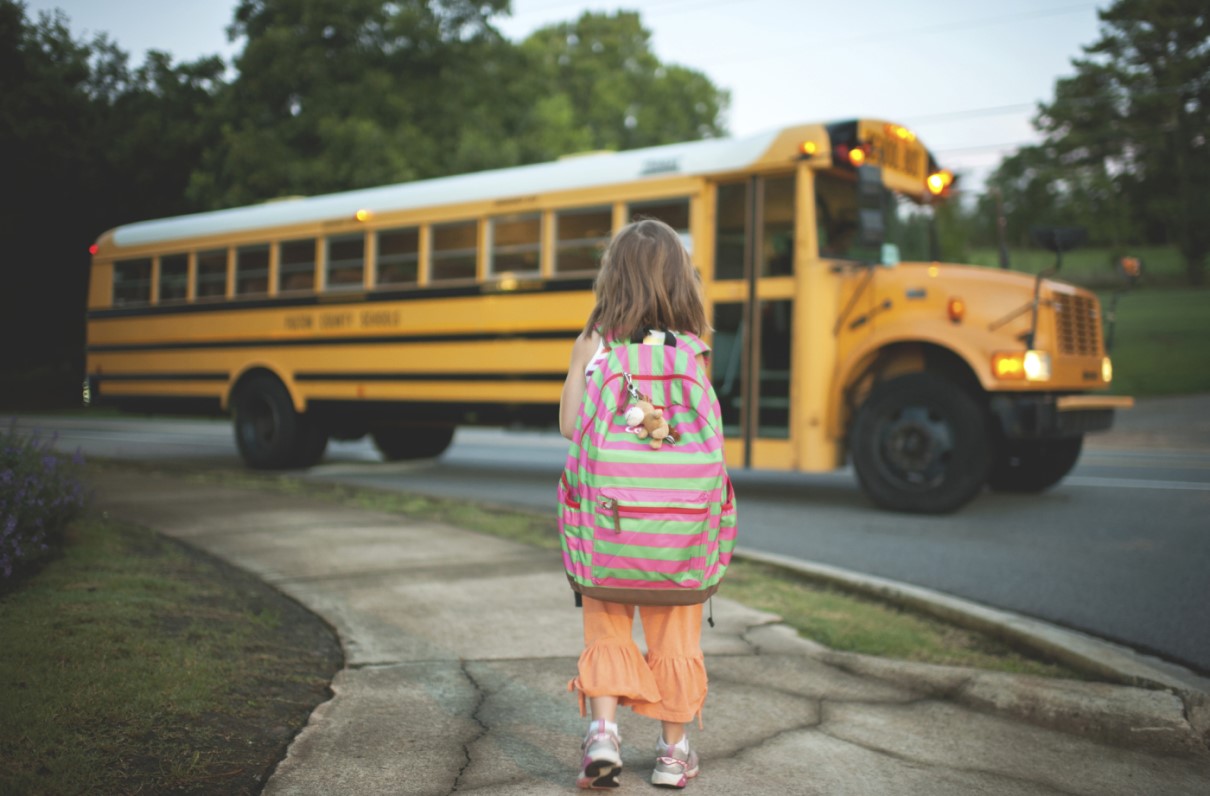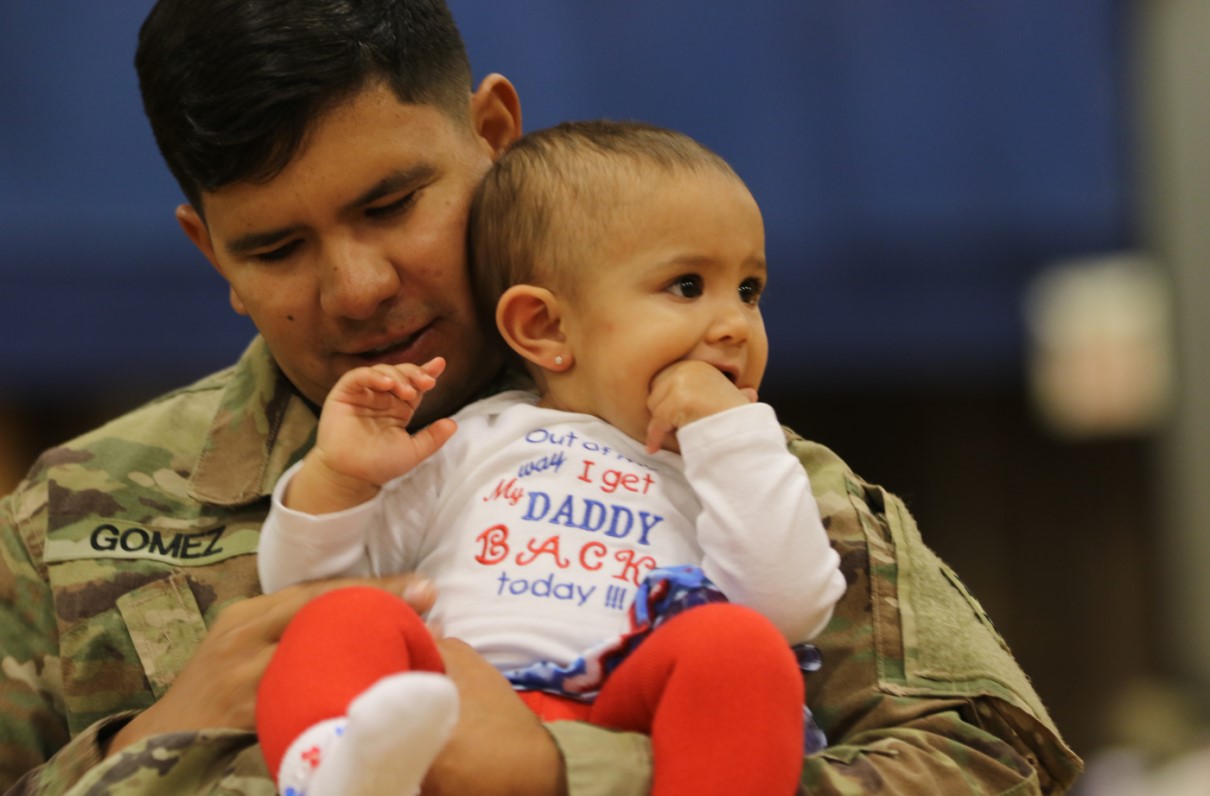The following first appeared in the April issue of Military Officer magazine. The magazine is available to all MOAA Premium and Life members. Learn more and access the digital edition here; learn more about joining MOAA here.)
By Erica I. Parra
PCSing to a new area with school-aged children is one of the most stressful endeavors a military family can go through. School deadlines never seem to fit into official order timelines, and the sheer amount of paperwork and number of schools to choose from can be intimidating. However, persevering to make an informed, educated choice is critical.
A child’s educational success depends, in part, on their connectedness to their school, making school choices crucial. The Military Child Initiative report from the Johns Hopkins Bloomberg School of Public Health states, “Research has taught us that second only to family, school is the most important stabilizing force in the lives of young people. … Strong scientific evidence demonstrates … students connected to school do better.”
The report, authored by Dr. Robert Blum, MPH, Ph.D., a professor and chair at Johns Hopkins University, was funded by a grant from DoD and goes on to say school connectedness is vital to children who have one or both parents in the armed forces.
School transitions often result in stress for military kids. Common stressors include making new friends, having different extracurricular activities, getting acquainted with new school rules, and encountering unfamiliar teaching methods. Even for children who seem to acclimate well, starting over multiple times is stressful.
[RELATED: MOAA Seeks Continued Protection for Military Families From Predatory Lenders]
The DoD Education Activity reports the majority of military children attend public school. This equates to more than 600,000 students attending public institutions. The average military-connected student moves six to nine times during their school years, and three times more often than civilian peers. Elementary school students could attend more than four different schools from kindergarten to sixth grade.
These numbers are the norm for military children. A school in which they feel stable, welcomed, and connected is vital to their success and happiness.
“Based on current research evidence, students’ school connectedness can be increased through evidence-based strategies, such as … students actively participating in their own education,” Blum wrote in the Military Child Initiative Report. “They need opportunities to participate in new-student orientation programs, buddy programs, and welcome programs.”
School connectedness not only helps students do better academically but also has been linked to decreased risky behaviors, such as bullying, fighting, and vandalism.
These resources can help you identify schools that will be a better fit for your child, facilitating connectedness and academic success.
Helpful Resources
When you face your next PCS, use the resources available to you. Do your homework to find a good school for your children and set them on the path to greater academic success.
1. Free review sites allow you to quickly explore schools in your area based on key statistics and reviews from students and parents. Check out a few of them to get a general idea of a school’s rating:- www.greatschools.org
- www.niche.com/k12/search/best-schools
- www.publicschoolreview.com
- www.privateschoolreview.com
- www.schooldigger.com
- www.localschooldirectory.com
- http://high-schools.com
- http://schoolbug.org
3. Local school district websites describe a wide variety of topics from specialized education programs to before- and afterschool care and school boundary calculators.
4. Check out the school liaison officer (SLO) directory at www.dodea.edu/Partnership/index.cfm. SLOs offer valuable help navigating the school transition for all military children. They maintain relationships with local principals and teachers and can offer advice about private and public school options as well as home school activities.
5. The Department of Education has a comprehensive checklist to help parents choose a school. It also compiles important test scores, national rankings, and state-to-state comparisons. Visit www2.ed.gov/parents/schools/find/choose/index.html for more information.
6. The Military Child Education Coalition provides military families with an extensive library full of military child related topics at www.militarychild.org. The site covers topics such as college readiness, exceptional needs, transition, and policies.
7. As school-based first responders, Military Student Transition Consultants are experts in topics such as school moves, the military lifestyle, navigating the special education process, academics, college and career readiness, social-emotional issues, and conflict resolution. Their website provides contact information by location.
8. National PTA has created custom guides for parents in states that have adopted the Common Core State Standards. Visit www.pta.org/home/family-resources for more information.
9. Through a network of national, state, and local partners, Operation: Military Kids provides access to youth programs and support services where military children live, at www.operationmilitarykids.org.
10. The Military Impacted Schools Association is a national organization of school superintendents at https://militaryimpactedschoolsassociation.org.
11. PCS workshops and send-off briefs at your installation are important. Maria Dozeman, who currently works as a work and family life consultant for the Fleet and Family Support Office in Singapore, says, “In our send-off brief class, we talk about school transfers, and I have a counselor come and talk about how to prepare children for the move and change of school.” Many times, these classes offer the most up-to-date information and will surprise you with the diversity of resources presented.
Erica Parra is a freelance writer and military spouse currently based in Singapore. This is her first feature in Military Officer.



